If your kids are finding that learning advanced math concepts is too frustrating, turn to math picture books to make things fun!
Stories that illustrate difficult concepts like infinity, algebra or fractals can help turn things around for students struggling with math. If nothing else, these advanced concept math picture books will give them a break from boring worksheets!
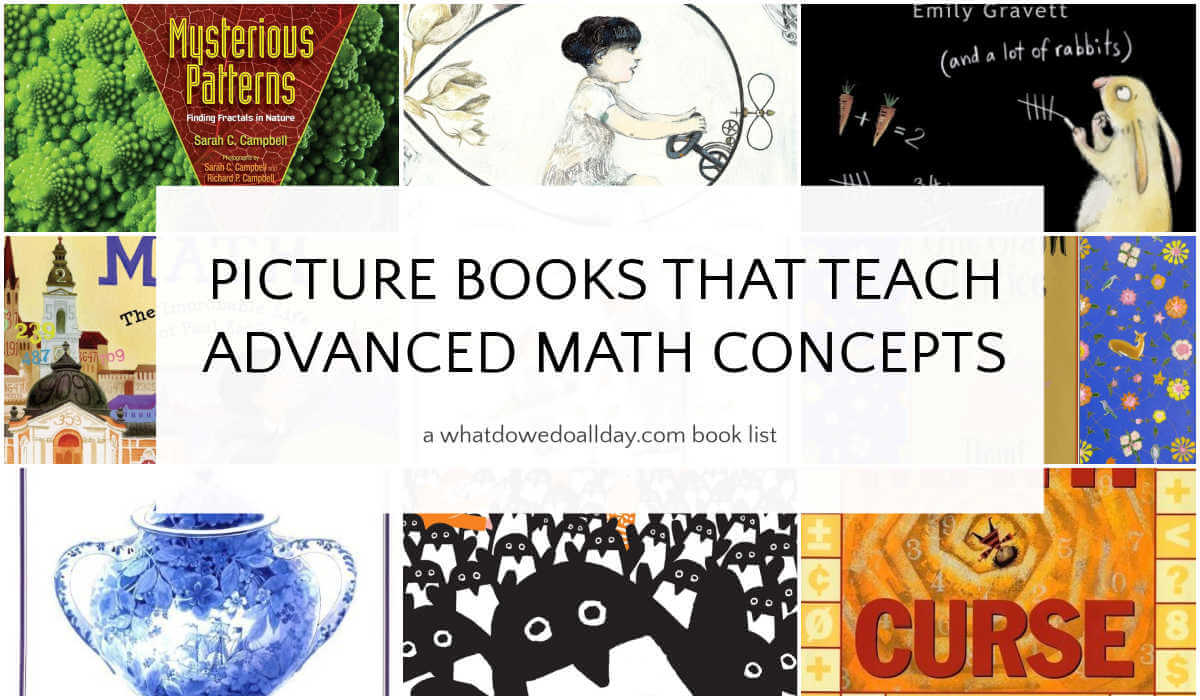
These math picture books are great for the upper elementary grades and even up to age 12. Yes, even middle schoolers will benefit from learning about math concepts from a new angle that only illustrated stories can provide!
(Note: this post contains affiliate links that earn from qualifying purchases.)
More math book lists for this age:
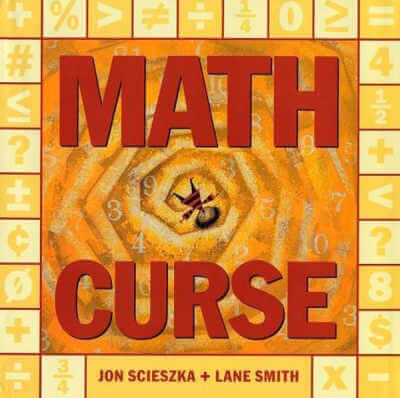
Math Curse by Jon Scieszka and Lane Smith. This was the first book my son's current 4th grade teachers read to the class at the beginning of the year. They even had a small take home writing assignment based on the book about how math is all around us. The narrator of the book starts to think of everything in his day as a math problem. The book is very silly but still manages to include a lot of different math concepts, like Fibonacci numbers, fractions and probability.
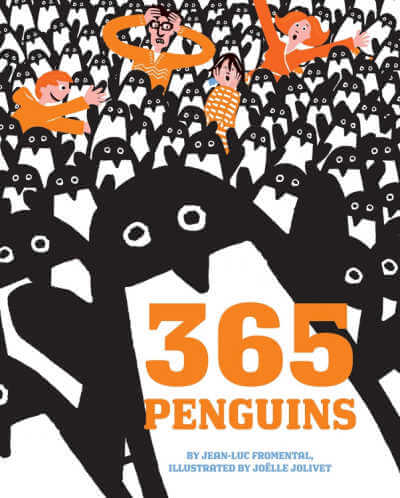
365 Penguins by Jean-Luc Fromental, illustrated by Joëlle Jolivet. This is a huge, oversized (you'd need that for so many penguins, right?), very funny French import. A family receives an anonymously delivered package containing one penguin. But that's not all. The penguins keep coming. The household runs amok! The family tries various strategies to keep the penguins under control, from grouping them, to piling them in cubes, all the while sneakily introducing mathematical calculations. This book is incredibly fun, even if your kids are not ready for the kind of math it introduces so big kids and their younger siblings can enjoy it together.
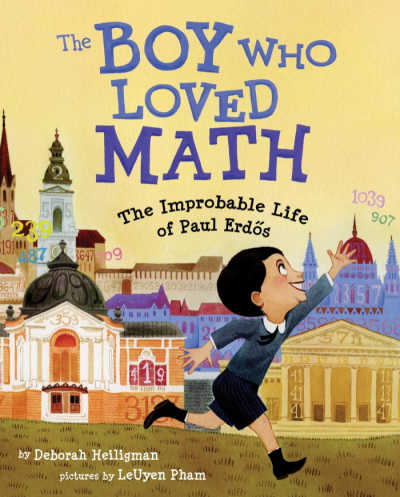
The Boy Who Loved Math: The Improbable Life of Paul Erdös by Deborah Heiligman, illustrated by LeUyen Pham. A picture book biography of a successful mathematician is a great way to inspire your kids. Paul Erdös was an eccentric, but very sociable mathematician who traveled the world spreading and sharing his love of numbers. Heiligman does a great job of integrating math concepts into the writing and the end notes include some historical background and mathematical explanations.

The Rabbit Problem by Emily Gravett. I love this fun book! Fibonacci + Emily Gravett = a math match made in heaven. Although the idea that rabbits actually reproduce according to the Fibonacci sequence is not entirely accurate, it is nevertheless a fun way to explore rapidly growing numbers. Although the math concepts may go over the heads of the very youngest kids, they will love studying the humorous illustrations of numerous bunnies! The book ends with a terrific pop-up page.
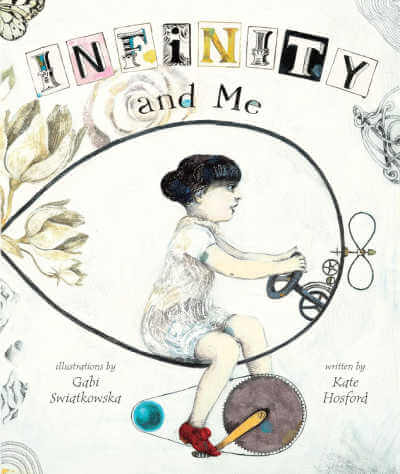
Infinity and Me by Kate Hosford, illustrated by Gabi Swiatkowska. This book, which ponders how we can relate to infinity in both universal and personal ways has absolutely gorgeous artwork, incorporating the sign for infinity in unique and creative ways.
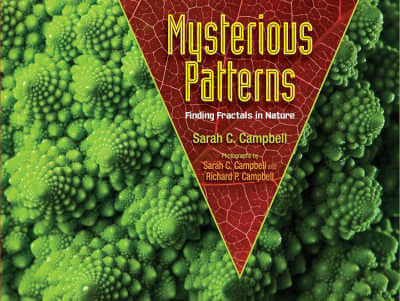
Mysterious Patterns: Finding Fractals in Nature by Sarah C. Campbell. This book is gorgeous and a great choice for kids who may really love biology and nature but aren't sure how math plays into that. There is information about Benoit Mandelbrot, the man who gave fractals their name, as well as an activity to make your own fractal. I recommend this book for all ages, even adults. (Actually, adults will find most of these books fascinating!)
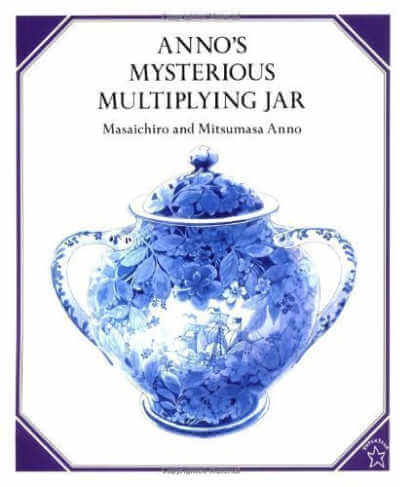
Anno's Mysterious Multiplying Jar by Mitsumasa Anno. This math picture book demonstrates factorials in a clever, easy to understand, visual way using a magic jar. Side note: any number which is written with an "!" appeals to my innate appreciation for dramatics so I am pretty much in love with factorials now.

Anno's Magic Seeds by Mitsumasa Anno is another story about the power of doubling and multiplication. A wizard gives Jack two seeds and explains that planting one will keep him well fed. Jack plants one and the seed doubles and then doubles again, etc. One year Jack decides to plant both seeds. You can imagine what happens. I like the way the narrative progresses over time. Jack gets married, he has more mouths to feed; he also has to start over when the harvest fails. As in his other books, Anno's illustrations, and the way he groups numbers so kids have a visual understanding of the geometric progression is very effective.
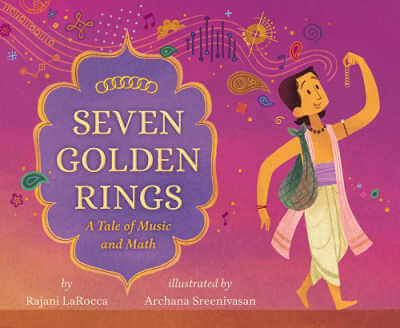
Seven Golden Rings: A Tale of Music and Math by Rajani LaRocca, illustrated by Archana Sreenivasan. In hopes of lifting his family out of poverty, Bhagat travels to Rajah's city in search of a position as a musician. Along the way he stops at an inn, but when it comes to payment, he faces a conundrum and must use his knowledge of binary numbers to solve it.
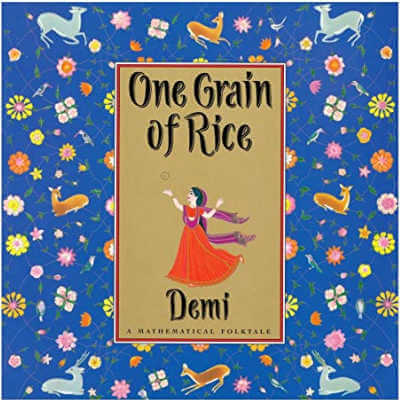
One Grain Of Rice: A Mathematical Folktale by Demi. Mathematics and Morals together! In this folktale from India, a selfish raja keeps all the rice to himself during a time of famine, despite his promise to share with his people. However, he offers a young girl the choice of either 30 days worth of rice or the option of doubling the amount of rice each day starting with only one grain.
Books are only one way of helping your older elementary kids, and middle school kids to love math. Be sure to visit The Measured Mom to get her advice how how to make math fun for 8 to 12 year olds.
See the entire math book series!



Natalie PlanetSmartyPants says
The Rabbit Problem was a good book. We read several Anno books about math - it's certainly a very different way to look at math!
Natalie PlanetSmartyPants says
PS - and Sir Cumference books didn't make the cut?
Erica MomandKiddo says
I just don't really like those books. I know a lot of people do, but I find them tedious.
Julie says
So many great books resources here, yet again - thank you, as always!!
Erica MomandKiddo says
So glad you found the list useful!
Jen Robinson says
I love that you are focusing on this, Erica. I think it's really important (especially to me, as the mom of a girl who right now, at not quite five, still thinks that math is fun). I was thrilled when I read Gumballs: A Mr. and Mrs. Green Adventure (early reader) because it used estimation as a key part of the story.
Erica MomandKiddo says
Thanks, Jen. I hope your daughter continues to enjoy math. I'll have to try and find that story.
:Donna says
Hey, Erica 🙂 Can you believe this past Saturday I met the author of THE BOY WHO LOVED MATH? I had already spent too much on other books, so couldn't add more or I would've gotten that one, too!
Also, I don't know if EAT YOUR MATH HOMEWORK is considered "advanced" math, but it's a good one, too 🙂
Erica MomandKiddo says
How fun! I don't think I've read the homework book. I'll have to look for it!
Irina Gallagher says
I love your lists as always. They never cease to be a bounty of information (and library holds). Thank you!
Erica says
Thanks!
Kelly S Monahan says
Please consider A Million Fish...More or Less by Patricia McKissack. A great story of exaggeration and numbers. My students love it!
Erica says
Thanks for the recommendation.
Lisa says
Great list! Would love to have the option for a printable version of the book list to take to the library.
Kelly says
I need a good book to teach 5th graders about measurement. Something not too simple but engaging.